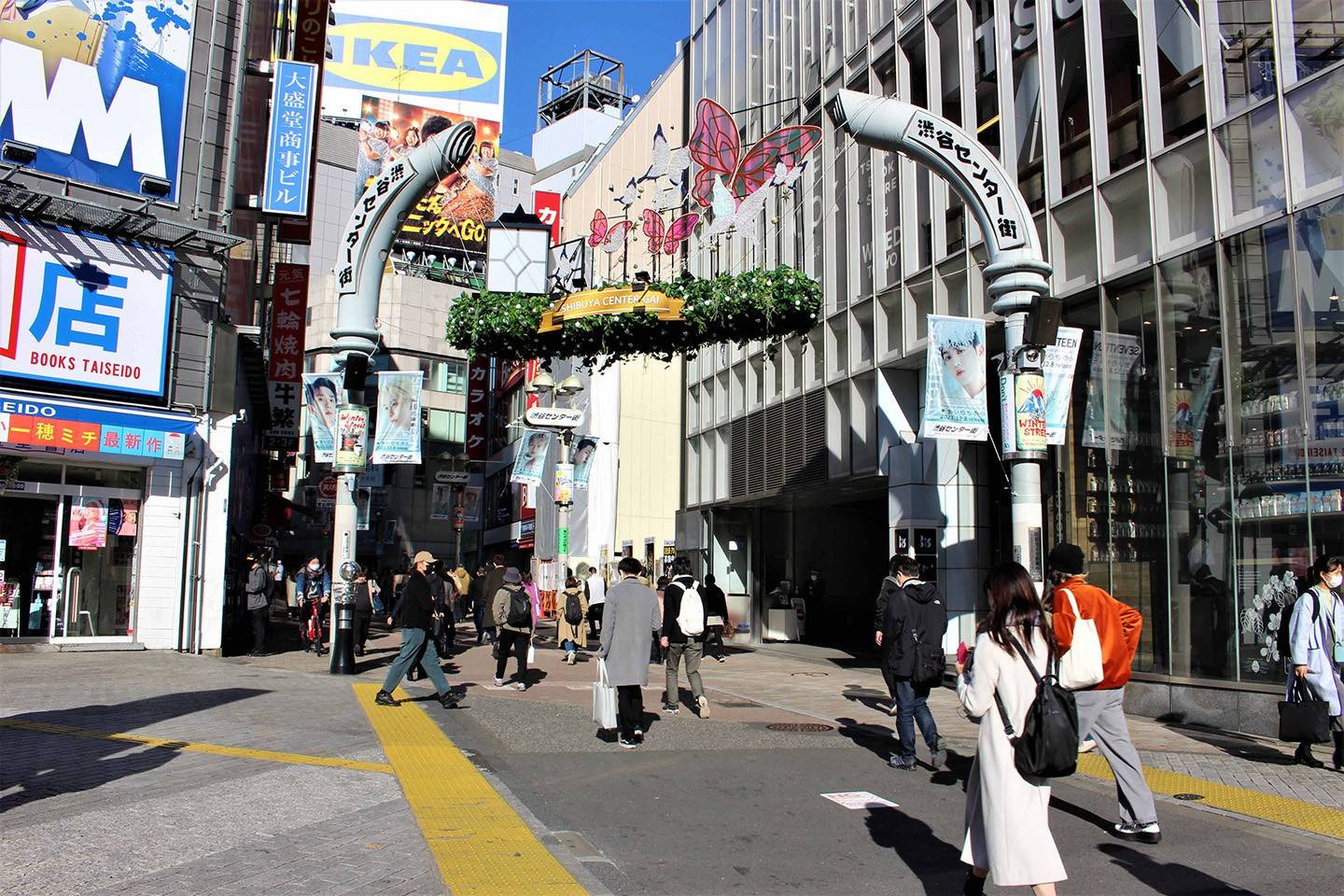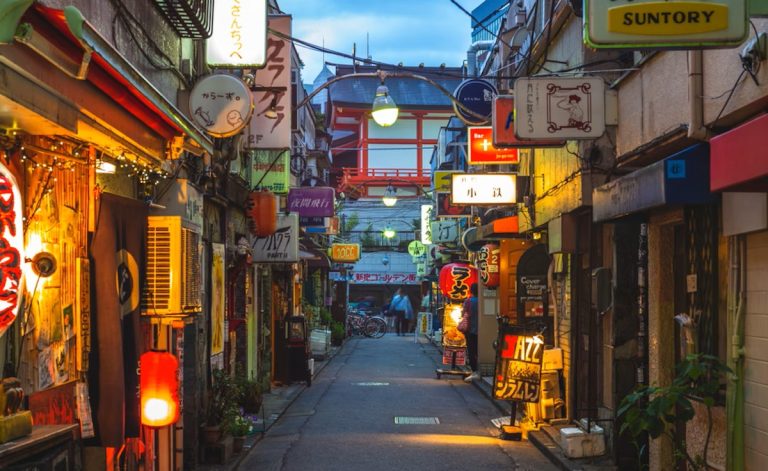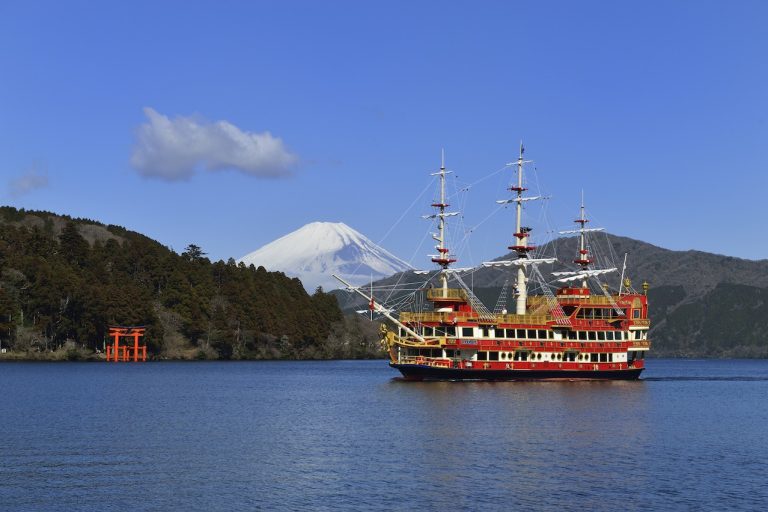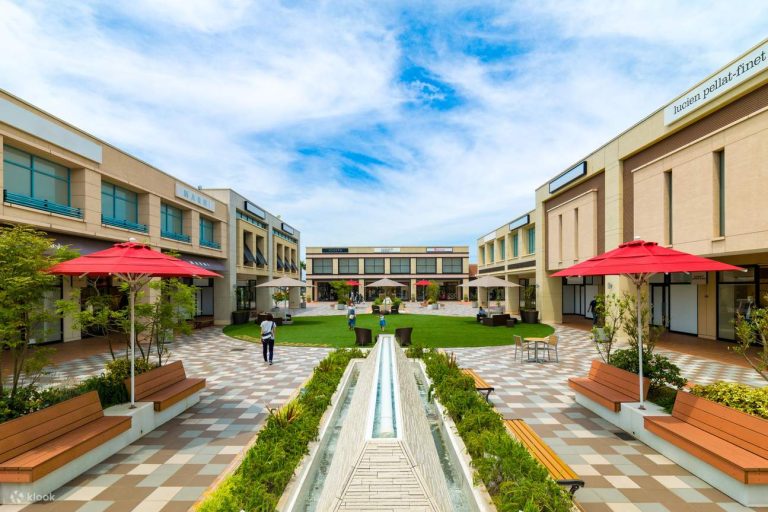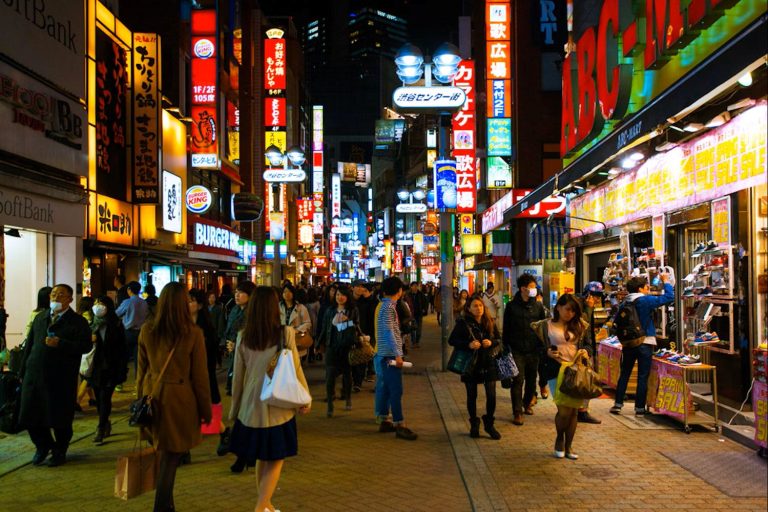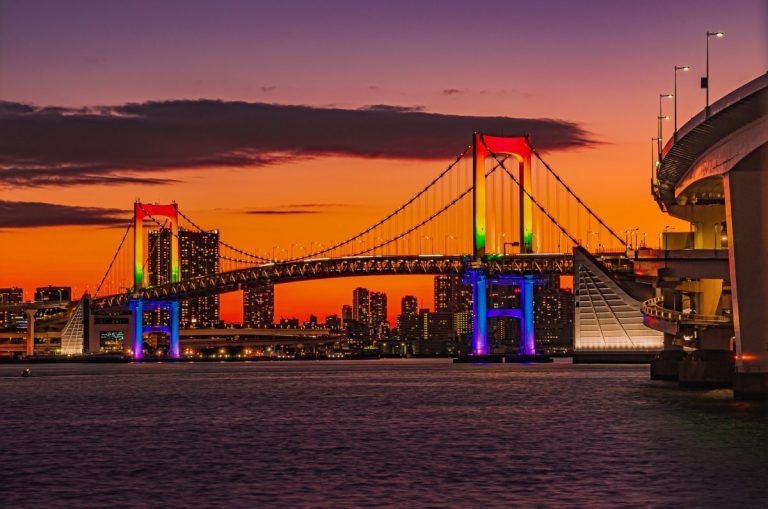Getting to Know Tokyo’s Most Dynamic Districts
Overview of Harajuku
Harajuku stands as Tokyo’s vibrant epicenter of youth culture and underground fashion. This district pulses with energy from teenagers sporting colorful street fashion, vintage boutiques tucked into narrow alleys, and the constant buzz of creativity. The area seamlessly blends traditional Japanese culture with cutting-edge trends, creating a unique atmosphere that captivates visitors from around the world. From the famous Takeshita Dori shopping street to the serene Meiji Shrine grounds, Harajuku offers an eclectic mix of experiences that define modern Tokyo’s cultural landscape.
Overview of Shibuya
Shibuya represents Tokyo’s fast-paced urban energy at its finest. Known globally for the iconic scramble crossing where thousands of pedestrians cross simultaneously, this district serves as a major commercial and entertainment hub. The towering buildings house department stores, restaurants, and entertainment venues that cater to both locals and tourists. Shibuya’s reputation extends beyond shopping, as it hosts numerous cultural events and serves as a gateway to other Tokyo destinations through its massive transportation network.
Cultural Significance of Both Districts
Both districts hold special places in Tokyo’s cultural identity, representing different facets of Japanese society. Harajuku embodies the creative spirit and rebellious nature of Japanese youth, while Shibuya showcases the country’s economic dynamism and urban sophistication. Together, they form a cultural corridor that attracts millions of visitors annually, each seeking to experience authentic Tokyo life. Their proximity makes them perfect companions for anyone wanting to understand contemporary Japanese culture.
Must-Visit Attractions in Harajuku
Takeshita Dori
This narrow pedestrian street transforms into a carnival of colors, sounds, and flavors every day. Packed with shops selling everything from kawaii accessories to vintage clothing, Takeshita Dori represents the heart of Harajuku’s youth culture. Street food vendors offer rainbow-colored cotton candy, elaborate crepes, and other Instagram-worthy treats. The energy here is infectious, with music spilling from storefronts and groups of friends posing for photos in their latest fashion finds.
Meiji Shrine
A peaceful oasis amid the urban chaos, Meiji Shrine provides a stark contrast to the bustling streets nearby. This important Shinto shrine honors Emperor Meiji and Empress Shoken, surrounded by a dense forest that feels worlds away from the city. Visitors can participate in traditional ceremonies, write wishes on wooden plaques, or simply enjoy the tranquil walking paths. The shrine’s proximity to Harajuku Station makes it an essential stop for understanding Japan’s spiritual heritage.
Yoyogi Park
Tokyo’s green lung offers respite from concrete and crowds. On weekends, the park comes alive with street performers, picnicking families, and amateur musicians practicing their craft. The wide open spaces provide perfect spots for people-watching, especially when cosplayers gather for impromptu photo sessions. Cherry blossom season transforms the park into a pink wonderland, attracting thousands for hanami parties.
Omotesando
This tree-lined avenue presents Harajuku’s sophisticated side, featuring luxury boutiques and architectural marvels. High-end fashion brands showcase their latest collections in stunning flagship stores designed by world-renowned architects. The contrast between Omotesando’s elegance and Takeshita Dori’s chaos perfectly captures Harajuku’s dual personality. Window shopping here provides insight into Japan’s luxury market and design aesthetics.
Nezu Museum
Housing an impressive collection of East Asian art, this museum offers cultural depth beyond street fashion. The traditional Japanese garden provides a meditative experience, with carefully arranged stones, water features, and seasonal plantings. The museum’s architecture blends modern design with traditional elements, creating spaces that enhance the viewing experience. Rotating exhibitions ensure repeat visitors always find something new to appreciate.
Fashion and Shopping Paradise
Youth Fashion Trends
Harajuku serves as the birthplace of numerous fashion movements that eventually spread worldwide. From decora fashion with its excessive accessories to gothic lolita with its Victorian influences, the streets showcase creativity without boundaries. Young designers often debut their collections in small Harajuku boutiques before gaining international recognition. The constant evolution of styles keeps the area fresh and exciting for fashion enthusiasts.
Popular Shopping Complexes
LaForet Harajuku houses multiple floors of cutting-edge fashion, from established brands to emerging designers. Tokyu Plaza Omotesando offers a more upscale shopping experience with its distinctive mirrored facade and rooftop garden. Omotesando Hills provides luxury shopping in a spiral architectural wonder designed by Tadao Ando. Each complex caters to different tastes and budgets while maintaining Harajuku’s innovative spirit.
Unique Cafes and Eateries
Themed cafes push creativity to new levels, from cat cafes where visitors can interact with felines to maid cafes offering theatrical dining experiences. Many establishments change their concepts regularly, ensuring repeat visits offer new surprises. The area’s cafe culture extends beyond novelty, with serious coffee roasters and dessert specialists creating Instagram-worthy treats that taste as good as they look.
Seamless Transportation Connections
Harajuku Station
This historic station serves as the gateway to the district, with its distinctive wooden architecture dating back to 1924. The station connects to the JR Yamanote Line, providing easy access to major Tokyo destinations. During peak hours, the station buzzes with activity as commuters and tourists navigate the platforms. Recent renovations have improved accessibility while preserving the station’s vintage charm.
Shibuya Station
One of the world’s busiest transportation hubs, Shibuya Station connects multiple train lines and subway systems. The station’s complex layout can intimidate first-time visitors, but clear signage and helpful staff guide travelers to their destinations. The famous Hachiko exit leads directly to the scramble crossing, while other exits connect to major department stores and entertainment venues. For those planning day trips, connections to services like the Shinjuku to Nikko route make exploring beyond Tokyo convenient.
Transportation Options
The short distance between Harajuku and Shibuya makes walking a viable option for many visitors. The JR Yamanote Line connects both stations in just two minutes, while multiple subway lines provide alternative routes. Buses also run regularly between the districts, offering street-level views of the urban landscape. For those exploring other areas, connections to routes like Shibuya to Roppongi provide easy access to Tokyo’s nightlife districts.
Culinary Adventures in Harajuku
Famous Crepes
Harajuku’s crepe culture has evolved into an art form, with vendors creating elaborate sweet and savory combinations. Popular fillings range from fresh fruit and whipped cream to more adventurous options like ice cream and candy combinations. The presentation is as important as the taste, with colorful wrappings and artistic arrangements making each crepe a photo opportunity. Many shops offer seasonal specialties that reflect Japanese holidays and celebrations.
Vegan Ramen Spots
The district’s progressive food scene includes several excellent vegan ramen establishments that challenge traditional notions of this beloved dish. These restaurants create rich, flavorful broths using plant-based ingredients while maintaining the satisfying experience ramen lovers expect. The innovative approaches to traditional recipes reflect Harajuku’s willingness to embrace new ideas while respecting culinary traditions.
Other Specialty Eateries
From Korean-Japanese fusion to molecular gastronomy experiments, Harajuku’s dining scene reflects its creative spirit. Small restaurants tucked into side streets often serve the most memorable meals, with chefs experimenting with flavors and presentations. The area’s international influences create unique fusion cuisines that cannot be found elsewhere in Tokyo.
Experiencing Shibuya’s Urban Energy
Shibuya Scramble Crossing
This intersection represents Tokyo’s organized chaos at its finest, with up to 3,000 people crossing simultaneously during peak times. The surrounding giant screens and neon signs create a sensory overload that epitomizes modern urban life. Observation decks in nearby buildings offer elevated views of the crossing, while street-level participation provides an immersive experience of Tokyo’s human rivers.
Shopping in Shibuya
Major department stores like Shibuya 109 cater to young women’s fashion, while Shibuya Sky offers panoramic city views alongside shopping opportunities. The district’s retail landscape ranges from international brands to local specialists, ensuring every shopping preference finds satisfaction. Underground shopping areas connect to the station, allowing weather-independent retail therapy.
Nightlife and Entertainment
Shibuya’s entertainment options extend far beyond shopping, with numerous bars, clubs, and live music venues creating a vibrant nightlife scene. Karaoke boxes provide quintessential Japanese entertainment experiences, while rooftop bars offer sophisticated evening atmospheres. The district’s late-night energy attracts both locals and international visitors seeking authentic Tokyo nightlife.
Cultural Immersion Opportunities
Street Fashion and Youth Culture
Both districts serve as living museums of contemporary Japanese youth culture, where visitors can observe fashion trends as they develop. Street photography (with permission) captures the creativity and self-expression that defines these areas. The constant evolution of styles provides insight into Japan’s relationship with tradition and innovation.
Art Galleries and Exhibitions
Smaller galleries showcase emerging artists alongside established names, often featuring works that reflect contemporary Japanese society. Pop-up exhibitions in unconventional spaces challenge traditional gallery concepts, making art more accessible to younger audiences. The rotating nature of these displays ensures fresh experiences for repeat visitors.
Local Events and Festivals
Seasonal festivals transform both districts into celebration venues, from summer matsuri with traditional performances to Halloween costume parades that rival international celebrations. These events provide opportunities to experience Japanese community culture beyond tourist attractions. Local participation in festivals offers deeper cultural understanding than passive observation.
Essential Visitor Information
Best Times to Visit
Weekends bring the most energy but also the largest crowds, making weekday visits more comfortable for those seeking a relaxed experience. Early mornings offer peaceful exploration opportunities before the districts fully awaken. Evening visits showcase the areas’ neon-lit transformation and nightlife energy. Seasonal considerations include cherry blossom season crowds and summer festival schedules.
Accommodation Options
While Harajuku offers limited lodging options, nearby Shibuya provides numerous hotels ranging from budget capsule hotels to luxury accommodations. The proximity to major transportation hubs makes either district an excellent base for Tokyo exploration. Booking in advance becomes essential during peak travel seasons and major events.
Navigating the Area
Both districts are highly walkable, with clear signage in multiple languages helping visitors find their destinations. Mobile apps provide real-time navigation assistance, while tourist information centers offer maps and recommendations. The compact nature of both areas makes getting lost part of the adventure rather than a serious concern.
Frequently Asked Questions
What are the main attractions to visit in Harajuku?
Must-visit attractions in Harajuku include Takeshita Dori, Meiji Shrine, Yoyogi Park, Omotesando, and Nezu Museum.
How does Shibuya differ from Harajuku?
Shibuya represents Tokyo’s fast-paced urban energy and commercial hub, while Harajuku embodies youth culture and underground fashion.
What is the best time to visit Harajuku and Shibuya?
Weekdays are more relaxed, while weekends are bustling with energy. Early mornings and evenings offer unique experiences as well.
How can I travel between Harajuku and Shibuya?
The JR Yamanote Line connects both stations in just two minutes, and walking is also a viable option.
What types of food can I find in Harajuku?
Harajuku is known for its famous crepes, vegan ramen spots, and a variety of unique cafes and eateries.
Discovering the Heart of Tokyo’s Culture
Exploring Harajuku and Shibuya offers a captivating glimpse into the dynamic interplay of tradition and modernity in Tokyo. Each district presents a wealth of experiences that reflect the spirit of contemporary Japanese culture, encouraging visitors to engage with the local scene and create unforgettable memories.
